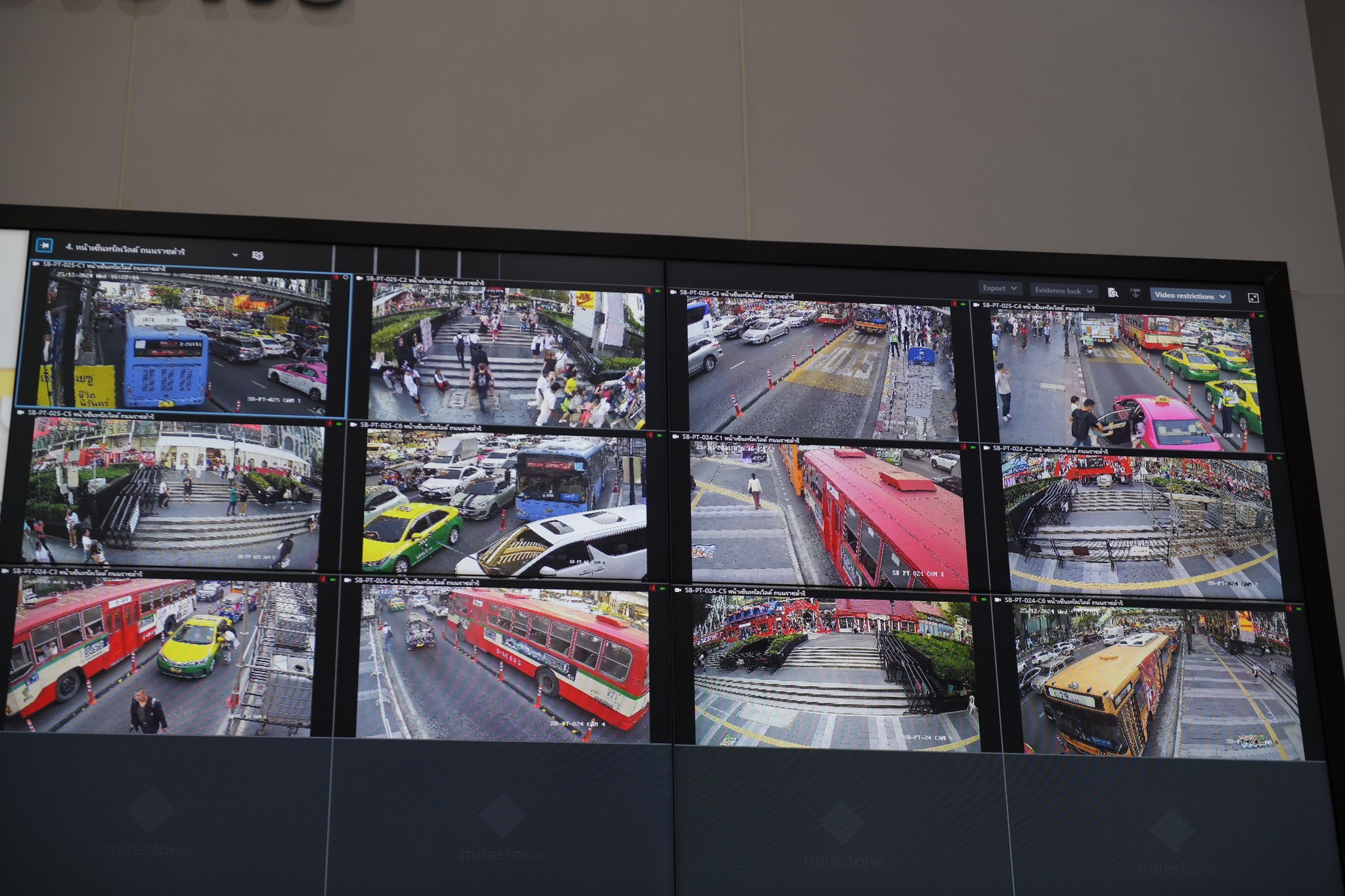
BANGKOK, Thailand – Bangkok Metropolitan Administration (BMA) has announced comprehensive safety and traffic management measures for the New Year 2025 celebrations, utilizing advanced technology under the “Ratchaprasong Model” initiative. Governor Chadchart Sittipunt chaired the Bangkok Disaster Prevention and Mitigation Committee’s meeting on December 25, 2024, to discuss preparedness and finalize safety plans for the upcoming festivities.
Governor Chadchart stated that this year’s New Year celebrations will be grander than ever, with over 258 events scheduled across the city. It is expected that the cooler weather and the launch of new attractions will draw more tourists, along with Bangkok residents opting to stay in the city instead of traveling upcountry. Among these events, 244 will host fewer than 500 attendees, eight will host between 500 and 1,000 attendees, and six will have over 1,000 attendees.
To ensure safety, BMA is collaborating with over 3,000 police officers who have begun preparatory work in event zones. For added security, the police will deploy 32 facial recognition cameras (FR) to monitor and identify suspicious individuals. Special attention is being paid to riverside events involving fireworks displays, as there are currently 47 cruise boats operating. Coordination with the Marine Department has been initiated to regulate river traffic and prevent congestion-related accidents.
Traffic Management with the “Ratchaprasong Model”
BMA has upgraded the Ratchaprasong Model to address traffic issues and enhance road safety in one of Bangkok’s busiest areas. Initially, 37 CCTV cameras were installed for monitoring traffic density, detecting violations such as red light running and illegal parking, and analyzing traffic flow. However, coverage was insufficient, prompting the addition of eight new cameras, bringing the total to 45.

The new system integrates AI-powered software in 27 cameras, up from the previous six, to detect license plates of violating vehicles and capture driver images. The cameras are divided into two types:
-License plate recognition cameras for detecting illegal parking and U-turn violations.
-Overview cameras for broader area surveillance.
The BMA has also deployed body-worn cameras for officers, capturing evidence such as license plates and driver behavior, to assist in law enforcement and traffic behavior analysis. Data from these systems will be shared with the police to issue fines and monitor repeat offenders.
Objectives of the Upgraded System
The enhanced system aims to:
-Detect traffic violations.
-Analyze traffic density and patterns.
-Provide evidence for issuing traffic tickets.
-Monitor repeat offenders in the area.
-Study the behavior of public and private vehicles in high-traffic zones.
This initiative is part of a broader plan to ensure safety and smooth traffic flow during the New Year celebrations, ultimately reducing risks and enhancing public confidence.













